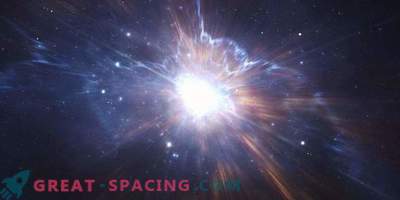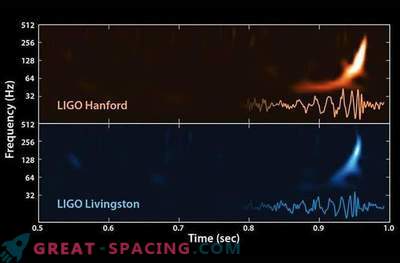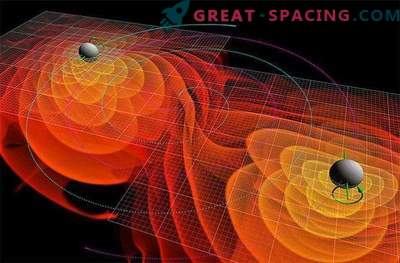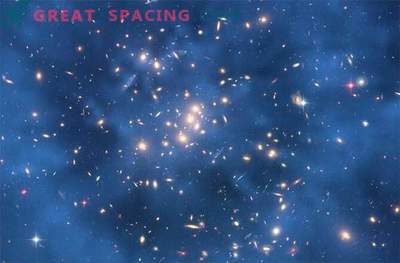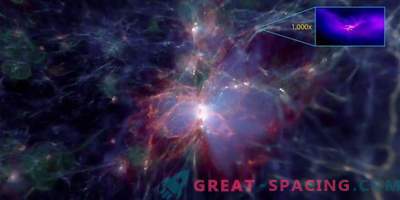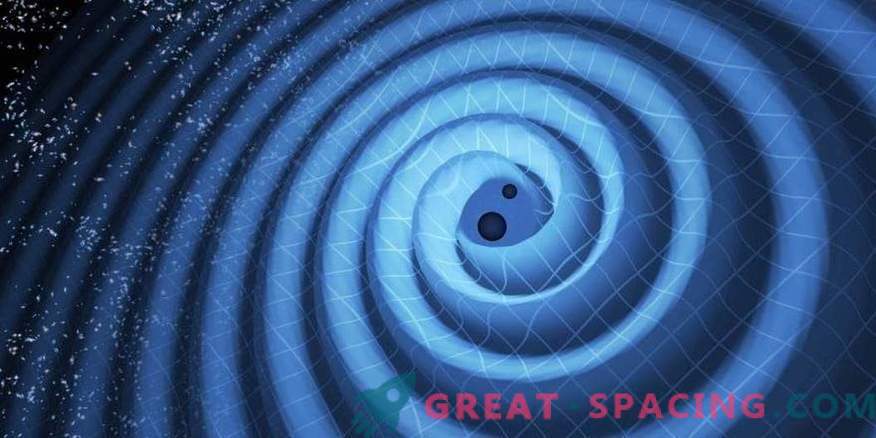
Last month, astrophysicists announced a revolutionary discovery: convincing evidence was found for the existence of gravitational waves and the source of these waves could be the inflation period immediately after the Big Bang.
Maybe this is convincing evidence, but can there be another explanation?
In a document presented in preliminary publications of ArXiv last week, three theoretical physicists pushed aside the results of the Cosmic Extragalactic Polarization 2 (BICEP2) project, suggesting that there is another source of gravitational waves.
First, let's go back a bit. What is inflation and how did gravitational waves become evidence of its occurrence?
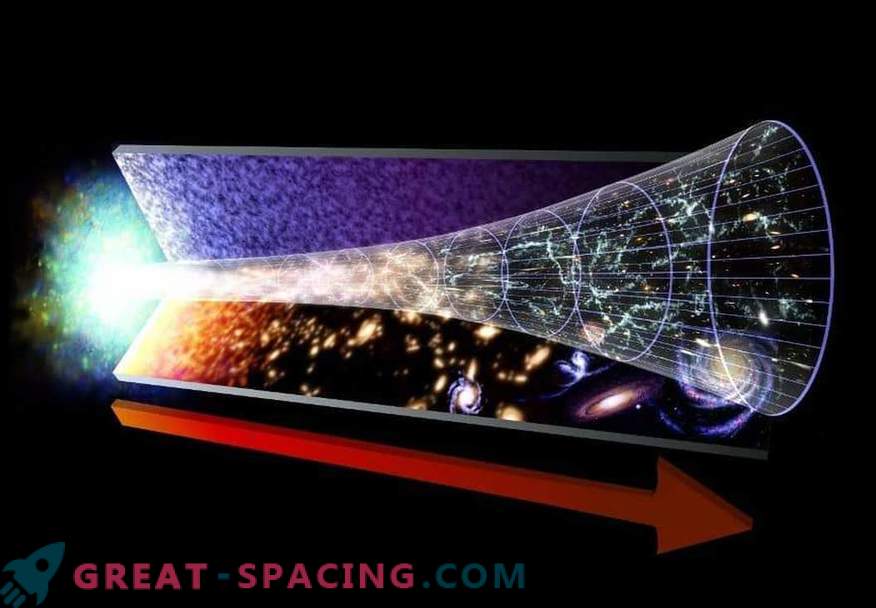
Graphic representation of the singularity of the universe
In a nutshell, when the BICEP2 project detected polarization ripples in the cosmic microwave background (CMB), the signal corresponded to theoretical predictions about what gravitational waves should look like. But so far, gravitational waves (the existence of which Einstein suggested, during the development of their general theory of relativity almost 100 years ago) have been very difficult to detect. So, at first glance, the results of BICEP2 research are historical. These observations of gravitational waves are not disputed by any scientist. But how did these gravitational waves ultimately leave an indelible mark on the cosmic microwave background? This is the point of contention.
The cosmic microwave layer exists everywhere, in the limit of our possibilities of observation. Considering it as the “Echo” of the Big Bang, which occurred almost 14 billion years ago, we can analyze very minor temperature fluctuations (known as “anisotropies) to get an idea of the structure of the Universe immediately after the Big Bang.
Cosmologists believe that in order for the universe to exist on its current scale, the Big Bang first occurred, and then there was a period of intense acceleration. Faster than the speed of light, the expansion occurred in one billionth of a billionth of a billionth of a millionth of a second after the Big Bang.

Stages of the evolution of the universe. Click image to enlarge
For the modern understanding of the Universe, it will be fair that there should be inflation.
As the BICEP2 project team explains, the gravitational wave enclosed in the cosmic microwave layer assumes that the gravitational waves themselves are of inflationary origin. Gravitational waves that generate the most energetic events in the Universe, ranging from black holes and ending with the explosions of stars, propagate in space-time at the speed of light. Inflation theory researchers also believe that primary gravitational waves can be generated during the most intense event that we will never see: inflation. And the results of the BICEP2 project undoubtedly indicate the presence of convincing evidence of the inflationary and quantum origin of these waves.
However, theoretical physicists James B. Dent (University of Louisiana, Lafayette), Lawrence M. Krauss (University of Arizona, Tempe) and Harsh Mathur (University Case Western Reserve, Cleveland, Ohio ) believe that the BICEP2 researchers may have missed an alternative source of these waves.
"Despite the fact that the inflation signal remains the most plausible source (of a gravitational wave signal), the current measurement, unfortunately, still allows for the possibility that background gravitational waves may arise as a result of the self-ordered scalar background transition, which occurred a little later." wrote physics.
So what does this mean?
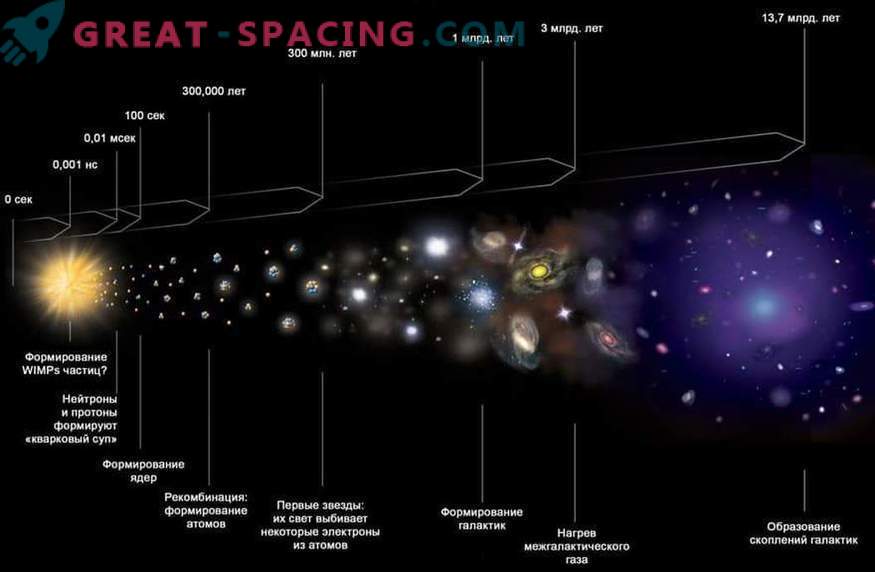
The Lambda-CBR Universe Chart (from the Big Bang to our era).
After the Big Bang, the universe looked like a chaotic mess of energy. As soon as it began to cool, this energy began to slowly condense (like raindrops formed from steam in the clouds), creating the fundamental particles and forces that we know and love in our modern era. Each particle and force appeared after each subsequent “phase transition”. But these phase changes were not equal and did not happen at the same time throughout the universe. Phase changes occurred in localized pockets. But at the critical point, when the universe cooled enough, these pockets are believed to have leveled out all at once.
Although this critical phase point change throughout the Universe had less energy than the inflation period that occurred earlier, James B. Dent and his team suggest that this event created a ripple that generated gravitational waves, which BICEP2 is now observing in the cosmic microwave layer.
As noted in ArXiv, theorists do not discuss whether or not inflation was, they are trying to determine other sources of gravitational waves.
When it comes to solving the mysteries at the beginning of the Cosmos, you cannot choose one theory that “proves” only one mechanism. Although researchers at BICEP2 have found strong evidence that gravitational waves have an inflationary origin, this new work shows that theoretical physicists are far from finding a consensus.

